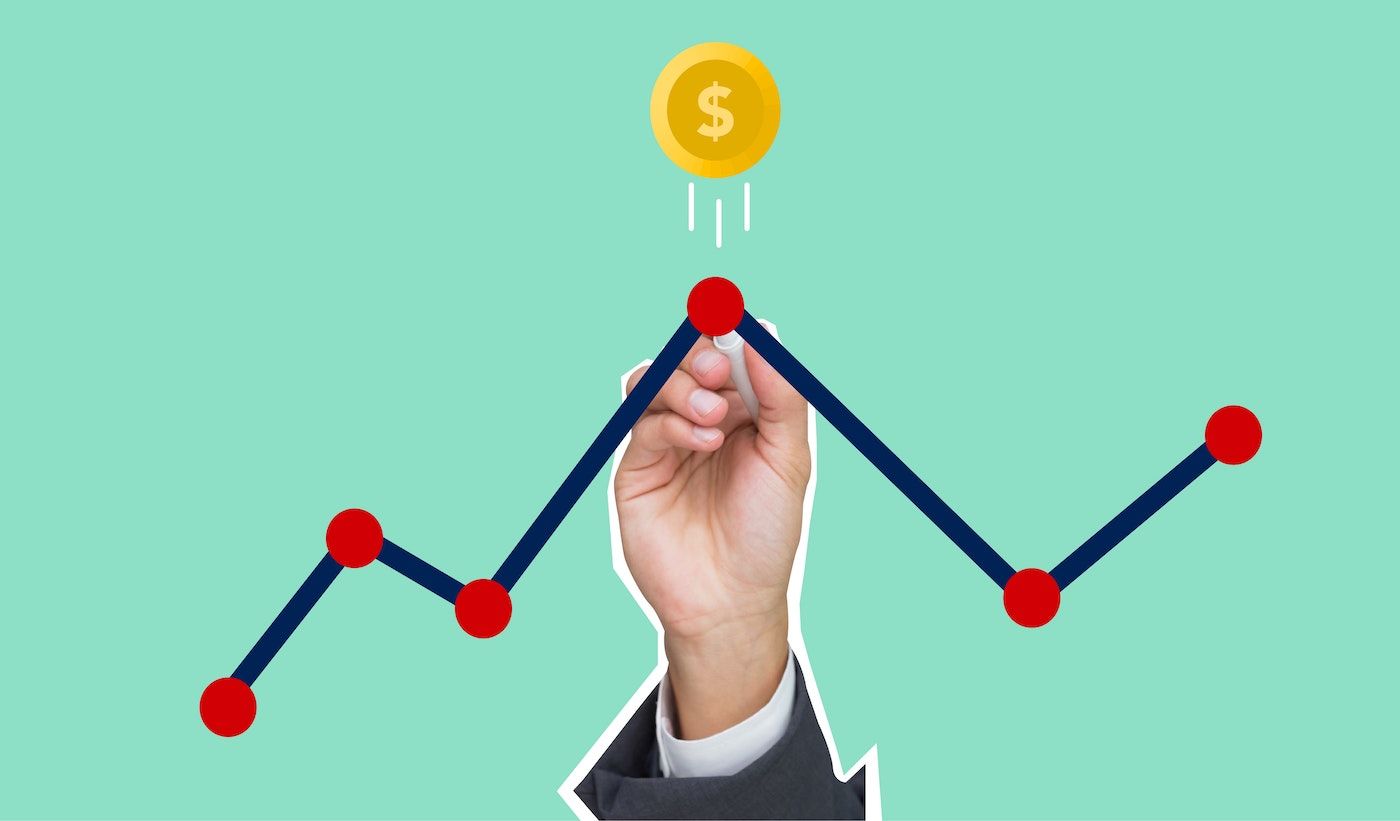0
Kinds and Concepts of Utility in Economics
May 20th, 2021 | by Honey Gagwani

Every individual looks forward to satisfying his/her wants with the resources available. The concept of utility analysis in Economics elaborates on the relationship between a consumer's behaviour and the maximum satisfaction that he derives from different commodities. Utility is a relative concept. It varies from time to time and place to place. It also differs from person to person due to differences in tastes, preferences, habits, etc. Generally, utility is confused with usefulness. However, utility and usefulness are completely different. A commodity that might have utility for one might not necessarily be useful at the same time. For example, alcohol has no usefulness to an addict but he derives utility from it.
Kinds of Utility
There are four main kinds of utility- form utility, time utility, place utility, and possession utility.
Form utility
When utility is created due to a change in the form i.e. shape or structure of existing material, it is called form utility. For example: furniture made from wood. Form utility majorly depends on the most convenient form of the resource available i.e. finished products made from the same raw material. The designing and packaging play a major role in increasing the form utility of a product.
Time utility
When a change in the time of utilization of a commodity results in an increase in its utility, it is called time utility. For example: a student has more utility for textbooks during exams than vacations. It is also observed that time utility increases at the time of scarcity. For example: blood from a blood bank.
Place utility
When a change in the place causes an increase in the utility derived, it is called place utility. For example: woollen clothes have more utility in northern India as compared to the south. Sales of a commodity also increase based on the availability of it in that particular place. The utility derived automatically increases.
Possession utility
When the transfer of the ownership of a commodity causes more utility, it is termed as possession utility. For example: transfer of grains from farmers to buyers. The sooner the product is delivered, the more possession utility is derived by the consumers. Having the possession of a commodity is proof of ownership of the same.
Concepts of utility
The two main concepts of utility are explained below:
Total Utility
Total utility, also abbreviated as TU refers to the aggregate utility derived by the consumer after consumption of all the units of a commodity. It is a total of the utility derived from all successive units consumed.
Marginal Utility
Also abbreviated as MU, marginal utility refers to the additional utility which is derived by the consumption of each additional unit of a commodity.
Marginal utility and total utility are interrelated. The total utility curve slopes upwards while the marginal utility curve slopes downwards. There comes a stage when total utility reaches its maximum and continues to remain constant. This is when the marginal utility becomes zero. The point where TU is the highest and MU=0 is known as the point of satiety. After reaching this point, a rational consumer stops consumption since the maximum limit of satisfaction has been achieved. Consumption beyond this point results in dissatisfaction.
0
Author